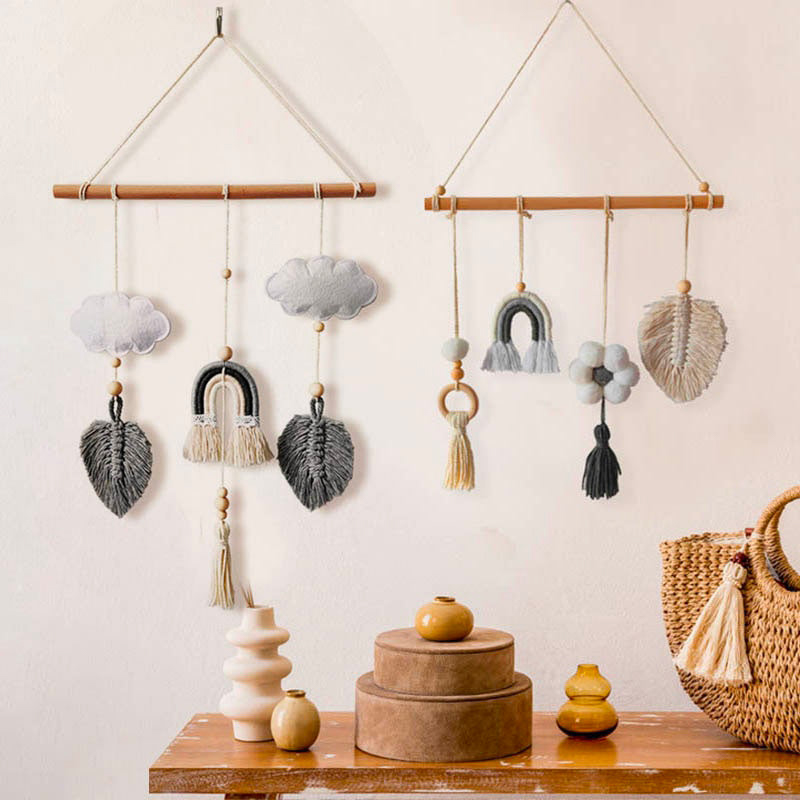
How To Calculate How Many Lumens For Pendant Lights
As with any interior design decision, the quantity of light in a space is an important factor to consider. The amount of light needed will vary depending on the room’s purpose and how much natural light is available, and it is essential that proper lighting levels are maintained in order to ensure safety and efficiency. This guide will look at how to calculate the recommended number of pendant lights for a particular space as well as how to determine the amount of lumens required for each fixture. 4lightings
A pendant light is a lone light fixture that hangs from the ceiling suspended by a cord, chain or metal rod. They are most often used in multiples, hung in a row over kitchen islands and dinette sets or as a type of chandelier in a living space. Pendant lights come in a wide range of sizes and are made from a variety of materials, including glass, wood and concrete. They are available in both modern and traditional styles, with some utilizing long fluorescent or single incandescent bulbs to provide ample task lighting while others are more decorative, using crystals or a more decorative shade for an elegant touch.
The first step in determining how many pendants are required for a space is to measure the length and width of the area you would like to illuminate. Multiply these two measurements together to find the square footage of the space, and then use this number to determine how many lumens per foot are required.
This measurement is especially important when lighting spaces where activities take place such as dining rooms, bars and kitchens. These spaces require higher lumen levels than other areas of the home, as they need to be bright enough to perform tasks.
Once you know how many lumens are required for your space, it is a good idea to choose fixtures that offer high lumen-per-watt ratios. This is particularly true for LEDs, which can produce nearly as much light as a 40 Watt incandescent bulb with significantly less power. Choosing fixtures with this rating will save you money in the long run by reducing your energy usage.
If you are selecting a pendant to be installed over a doorway, it is best to hang the fixture at least 6 inches above the top of the door frame. This will prevent the bottom of the fixture from interfering with any door handles or knobs, while also ensuring that the pendant is high enough to provide the desired amount of task lighting for reading or writing.
Finally, if you are hanging pendants over a dining table or kitchen island, it is recommended that you select odd numbers of fixtures. This will create visual proportion and help the space feel balanced. The most popular number for this is three, but four or more can be used as well depending on the overall layout of the space and your personal preference.

